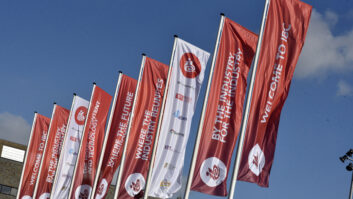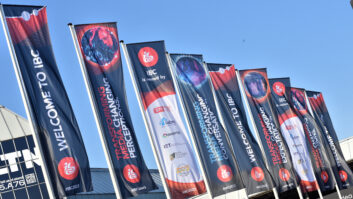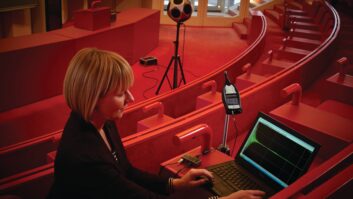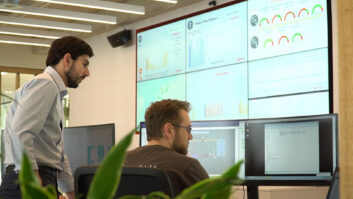 There’s no question that Covid-19 has had a dramatic impact on living and working. While it’s easy to focus on the negative impact of disruptions and restrictions, we should also recognise some positive outcomes for the way we work. More specifically,
There’s no question that Covid-19 has had a dramatic impact on living and working. While it’s easy to focus on the negative impact of disruptions and restrictions, we should also recognise some positive outcomes for the way we work. More specifically,
the pandemic accelerated important developments that otherwise could
have taken substantial time to evolve. We are going to see several of these take priority in 2022 and beyond.
While many managers may have been most comfortable with colocation, it is now clear that this is not the way of the future. Teams will be increasingly dispersed, as companies work hard to find people with the right skills to fill their open positions. Work processes will need to be established to support these dispersed teams.
Large companies have long had mixed teams of colocated and remote team members. Moving forward, companies of all sizes will have this mixture. While there is no single answer as to how teams should be structured, companies must wrap their minds around how to facilitate a combination of in-person work and working away, including at home.
During mandated work-from-home stints, the experience of the remote participant moved front and centre. The result was a broader awareness of the challenges of being remote, prompting a change in many organisations. No longer is a second-class experience acceptable.
Companies are now sharply focused on supporting an equitable practice where remote participants can hear and be heard, see what they want to see and participate as freely as in-person colleagues. As the hybrid workforce grows, eliminating collaboration roadblocks will become more crucial.
More attention is going to be paid to team tools and processes. In the past, a wide variety of applications have been used by individual team members. Going forward, the tools that teams use to analyze and present information, along with their preferred methodologies, will be considered more on a company-wide basis. The aim will be to provide assistance and guidance to team members to facilitate the quality and speed of decision making.
We are already seeing this shift in tool sets that are being rolled out for collaboration. UC&C platforms, such as Microsoft Teams and Zoom, are the start, with more specific applications layered on top of them. Meeting room products designed for hybrid will also play a key role in supporting teams.
DATA INSIGHTS
Providing a great end-user experience will require some basic system information that IT managers can use. Already data related to room usage and platforms are being considered and rolled up into IT dashboards. While manufacturers often provide their own device management tools, it will become increasingly important to have APIs that allow individual application or product data that is captured to be rolled up into a top-level dashboard view.
More than just monitoring and reporting, IT managers will be increasingly looking for systems and solutions that can prescribe and implement the needed changes. AI has held promise for some time, and expectations are that it will deliver in ’22.
For some time, we have seen AV and IT moving closer together, and this convergence will continue to accelerate, with AV an essential part of IT, not a standalone area of focus.
Increasingly, the IT department is in charge of budget and specifications. This means a stronger move by manufacturers, developers and integrators to enable IT to manage broadly deployed systems, with a much more standardised approach to room design and collaboration tools. This presents an opportunity for larger-scale deployments and limits the more expensive custom-designed solutions and spaces.
For corporate managers and system integrators, the advice is the same: if you can’t lead, get out of the way. This may seem harsh, but it is realistic and honest given the rate of change. It will not be enough to merely adapt. If organisations think they have time to evolve slowly, the reality is that they don’t.
Embracing the need for change and actively experimenting with new ways of working and collaborating are the emerging expectations of IT. And while the learning curve may be steep, the value in finding improved ways of working is substantial. IT can play a key role in driving this change, leaving us all better off than we were before.







